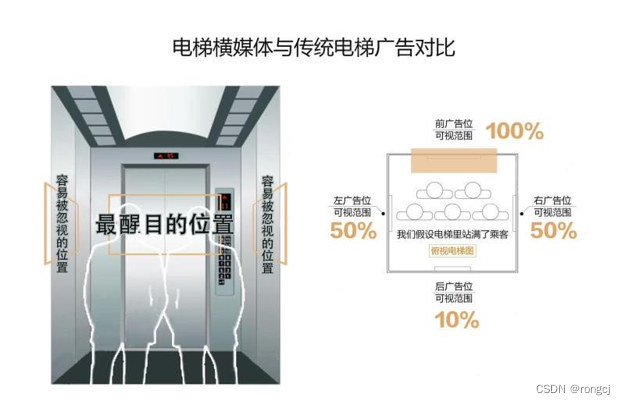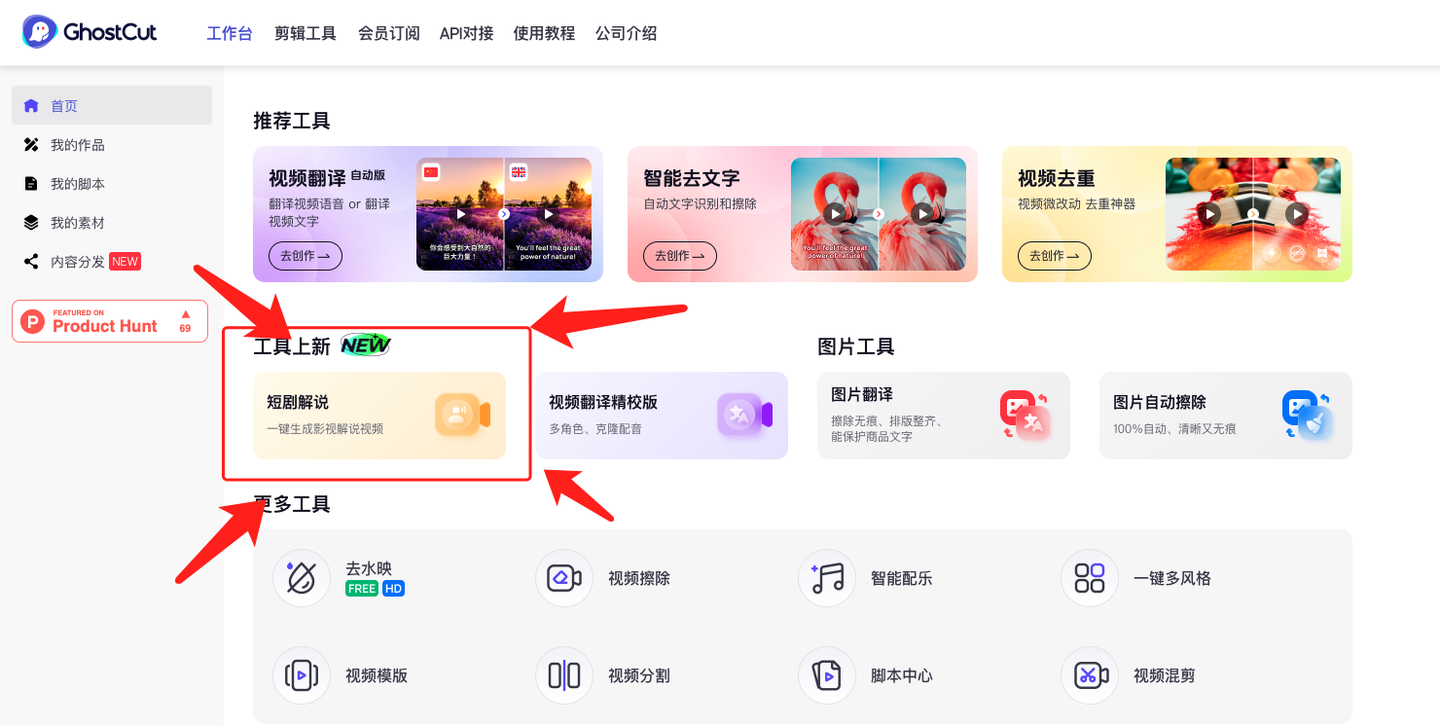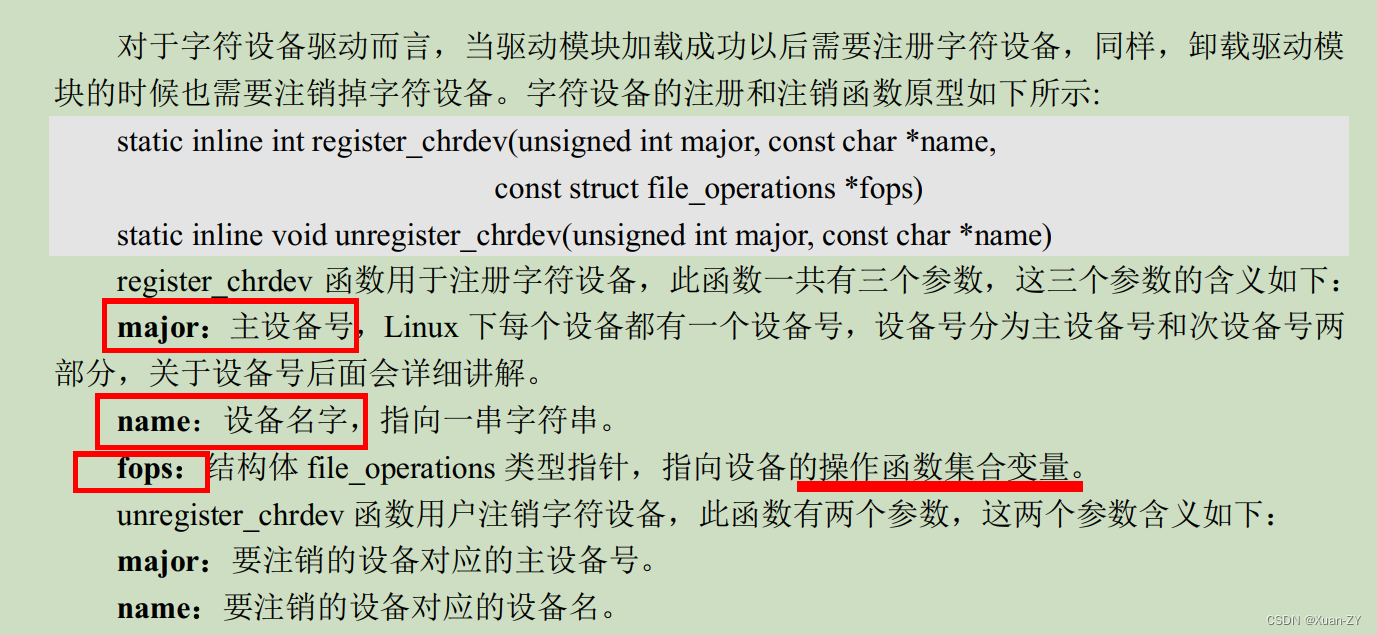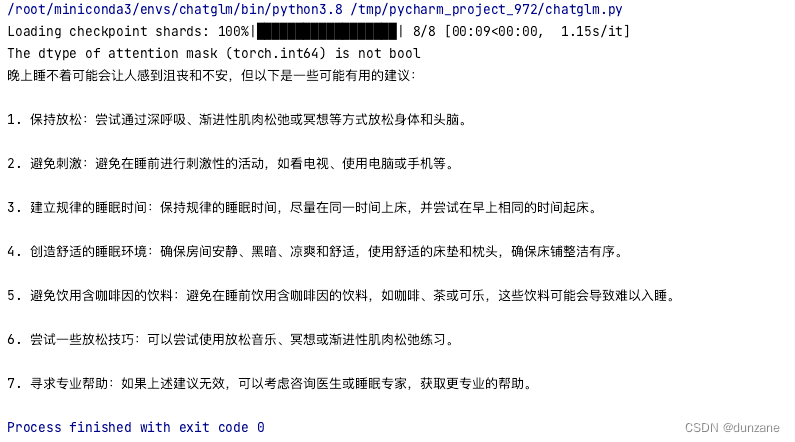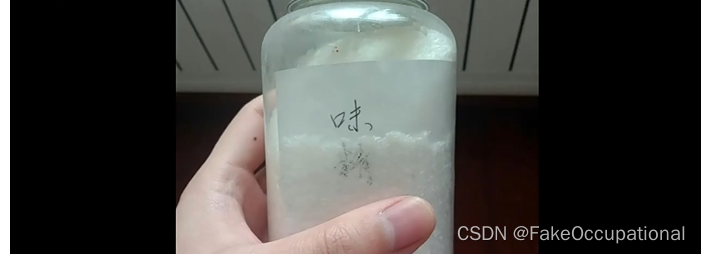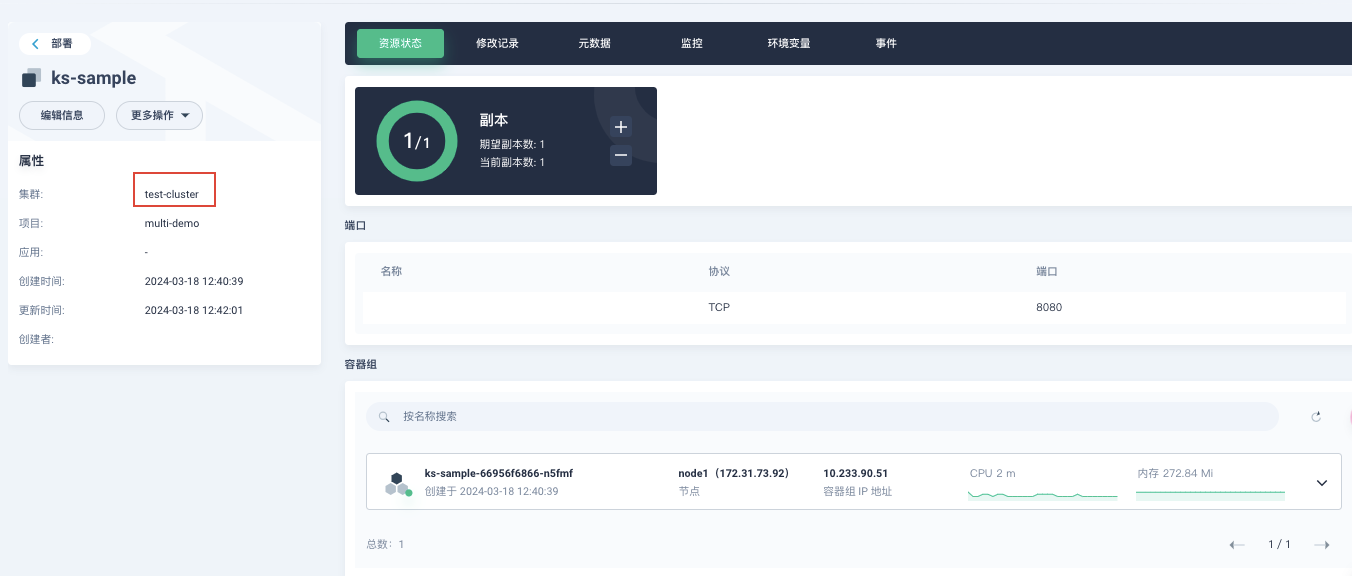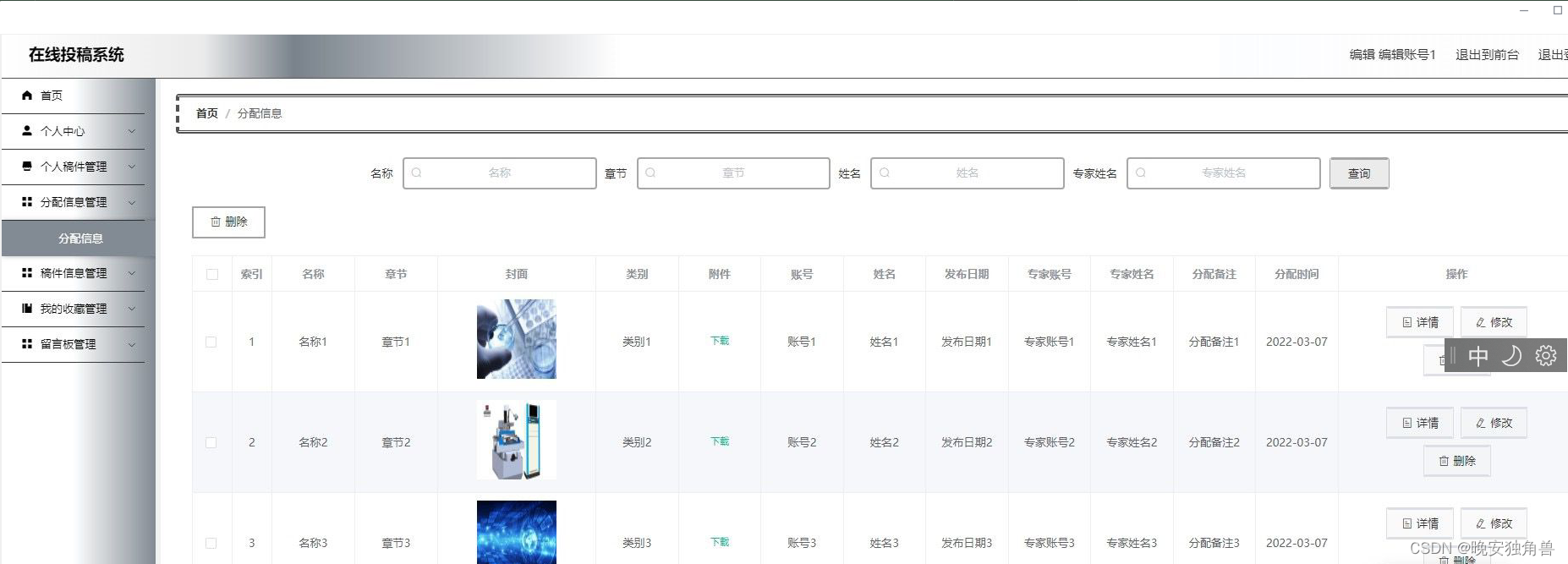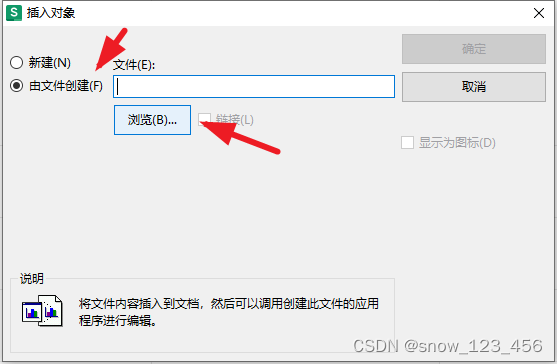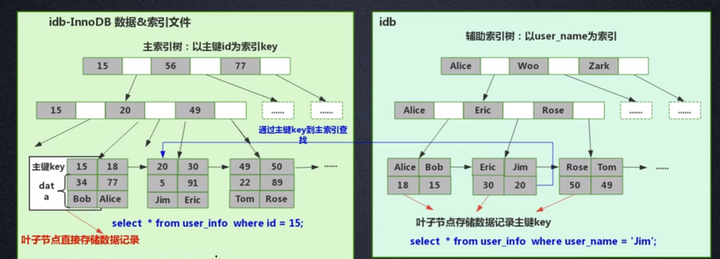我们以Context的startActivity场景(option == null, FLAG_ACTIVITY_NEW_TASK)来梳理
整体时序图如下:
服务端
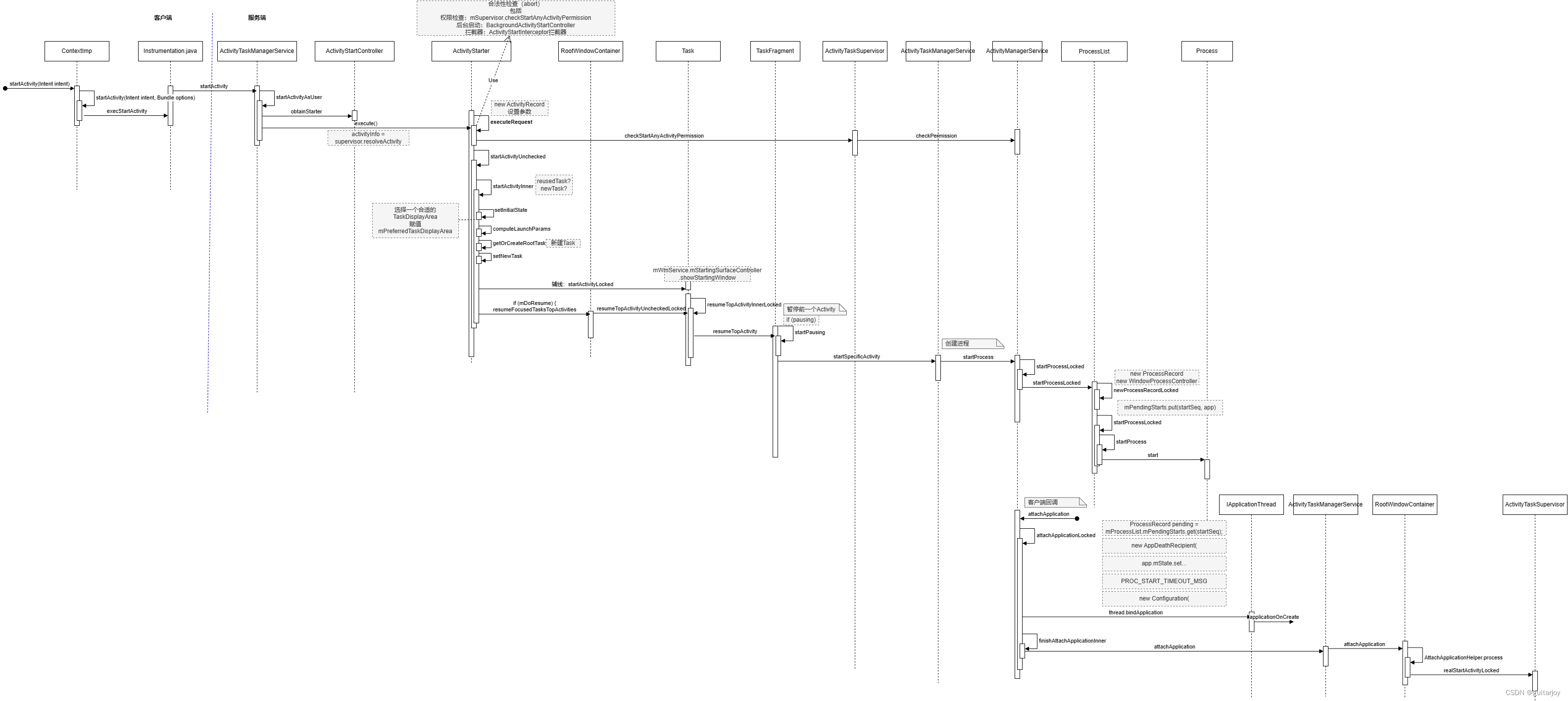
客户端
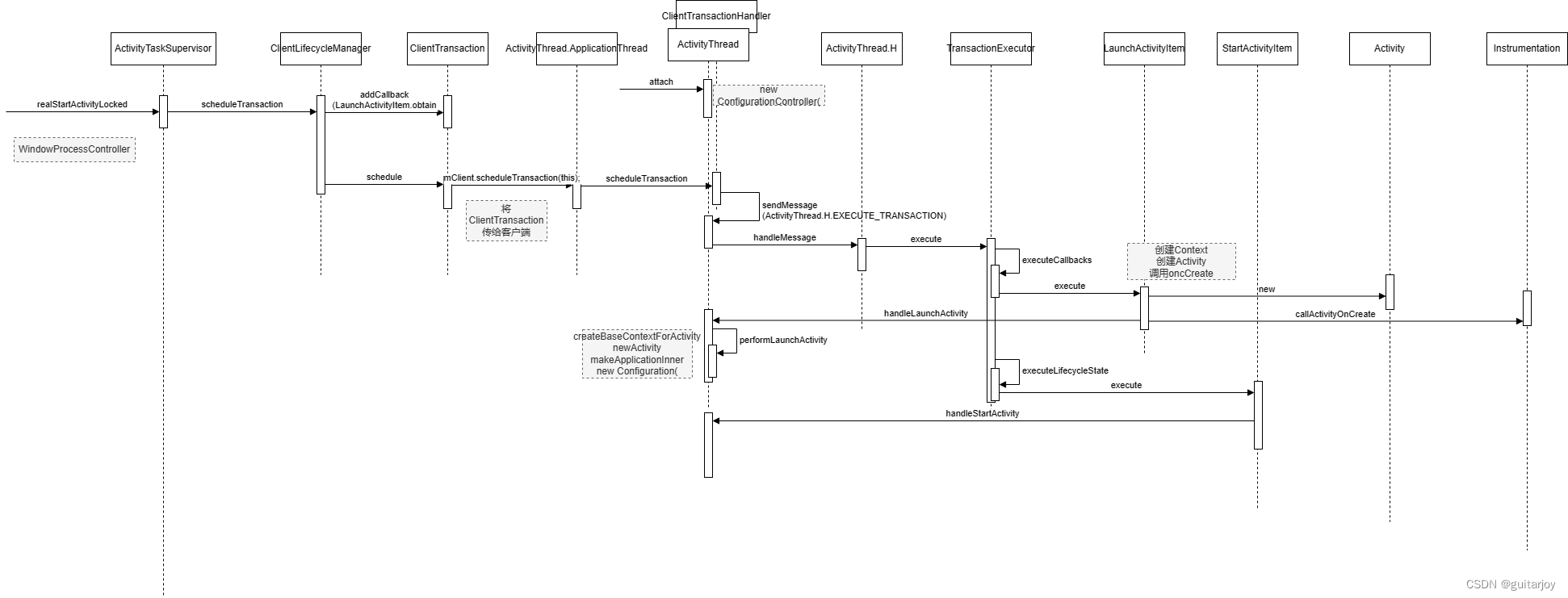
入口
ContextImpl的入口:
platform/frameworks/base/core/java/android/app/ContextImpl.java
@Override
public void startActivity(Intent intent) {
warnIfCallingFromSystemProcess();
startActivity(intent, null);
}
@Override
public void startActivity(Intent intent, Bundle options) {
if ((intent.getFlags() & Intent.FLAG_ACTIVITY_NEW_TASK) == 0
&& (targetSdkVersion < Build.VERSION_CODES.N
|| targetSdkVersion >= Build.VERSION_CODES.P)
&& (options == null
|| ActivityOptions.fromBundle(options).getLaunchTaskId() == -1)) {
throw new AndroidRuntimeException(
"Calling startActivity() from outside of an Activity"
+ " context requires the FLAG_ACTIVITY_NEW_TASK flag."
+ " Is this really what you want?");
}
mMainThread.getInstrumentation().execStartActivity(
getOuterContext(), mMainThread.getApplicationThread(), null, (Activity) null, intent, -1, options);
}通过Context来启动时,如果不是FLAG_ACTIVITY_NEW_TASK,并且option为null,会抛出异常。
下一步调用execStartActivity,关注这里传入的几个参数:
Context who:getOuterContext(),这里只ContextImp自己;如果是从Activity内启动,则是Activity对象自身(见Activity->startActivityForResult(...))。
IBinder contextThread:mMainThread.getApplicationThread(),也就是服务端向客户端通信时,客户端的binder stub
Activity target:null。也就是回退时的result Activity。
Intent intent:intent。
requestCode: -1。
options:null。
platform/frameworks/base/core/java/android/app/Instrumentation.java
public ActivityResult execStartActivity(
Context who, IBinder contextThread, IBinder token, Activity target,
Intent intent, int requestCode, Bundle options) {
try {
intent.migrateExtraStreamToClipData(who);
intent.prepareToLeaveProcess(who);
int result = ActivityTaskManager.getService().startActivity(whoThread,
who.getOpPackageName(), who.getAttributionTag(), intent,
intent.resolveTypeIfNeeded(who.getContentResolver()), token,
target != null ? target.mEmbeddedID : null, requestCode, 0, null, options);
notifyStartActivityResult(result, options);
checkStartActivityResult(result, intent);
} catch (RemoteException e) {
throw new RuntimeException("Failure from system", e);
}
return null;
}创建ActivityStarter
我们忽略过ActivityTaskManager从binder客户端到服务端的过程,直接看服务端代码:
platform/frameworks/base/services/core/java/com/android/server/wm/ActivityTaskManagerService.java
@Override
public final int startActivity(IApplicationThread caller, String callingPackage,
String callingFeatureId, Intent intent, String resolvedType, IBinder resultTo,
String resultWho, int requestCode, int startFlags, ProfilerInfo profilerInfo,
Bundle bOptions) {
return startActivityAsUser(caller, callingPackage, callingFeatureId, intent, resolvedType,
resultTo, resultWho, requestCode, startFlags, profilerInfo, bOptions,
UserHandle.getCallingUserId());
}
@Override
public int startActivityAsUser(IApplicationThread caller, String callingPackage,
String callingFeatureId, Intent intent, String resolvedType, IBinder resultTo,
String resultWho, int requestCode, int startFlags, ProfilerInfo profilerInfo,
Bundle bOptions, int userId) {
return startActivityAsUser(caller, callingPackage, callingFeatureId, intent, resolvedType,
resultTo, resultWho, requestCode, startFlags, profilerInfo, bOptions, userId,
true /*validateIncomingUser*/);
}
private int startActivityAsUser(IApplicationThread caller, String callingPackage,
@Nullable String callingFeatureId, Intent intent, String resolvedType,
IBinder resultTo, String resultWho, int requestCode, int startFlags,
ProfilerInfo profilerInfo, Bundle bOptions, int userId, boolean validateIncomingUser) {
final SafeActivityOptions opts = SafeActivityOptions.fromBundle(bOptions);
assertPackageMatchesCallingUid(callingPackage);
enforceNotIsolatedCaller("startActivityAsUser");
if (intent != null && intent.isSandboxActivity(mContext)) {
SdkSandboxManagerLocal sdkSandboxManagerLocal = LocalManagerRegistry.getManager(
SdkSandboxManagerLocal.class);
sdkSandboxManagerLocal.enforceAllowedToHostSandboxedActivity(
intent, Binder.getCallingUid(), callingPackage
);
}
if (Process.isSdkSandboxUid(Binder.getCallingUid())) {
SdkSandboxManagerLocal sdkSandboxManagerLocal = LocalManagerRegistry.getManager(
SdkSandboxManagerLocal.class);
if (sdkSandboxManagerLocal == null) {
throw new IllegalStateException("SdkSandboxManagerLocal not found when starting"
+ " an activity from an SDK sandbox uid.");
}
sdkSandboxManagerLocal.enforceAllowedToStartActivity(intent);
}
userId = getActivityStartController().checkTargetUser(userId, validateIncomingUser,
Binder.getCallingPid(), Binder.getCallingUid(), "startActivityAsUser");
// TODO: Switch to user app stacks here.
return getActivityStartController().obtainStarter(intent, "startActivityAsUser")
.setCaller(caller)
.setCallingPackage(callingPackage)
.setCallingFeatureId(callingFeatureId)
.setResolvedType(resolvedType)
.setResultTo(resultTo)
.setResultWho(resultWho)
.setRequestCode(requestCode)
.setStartFlags(startFlags)
.setProfilerInfo(profilerInfo)
.setActivityOptions(opts)
.setUserId(userId)
.execute();
}
obtainStarter()方法实际是调用了mFactory.obtain(), 而mFactory为ActivityStarter的内部类DefaultFactory,看下DefaultFactory的obtain()。
platform/frameworks/base/services/core/java/com/android/server/wm/ActivityStarter.java
static class DefaultFactory implements Factory {
private final int MAX_STARTER_COUNT = 3;
private SynchronizedPool<ActivityStarter> mStarterPool =
new SynchronizedPool<>(MAX_STARTER_COUNT);
public ActivityStarter obtain() {
ActivityStarter starter = mStarterPool.acquire();
if (starter == null) {
if (mService.mRootWindowContainer == null) {
throw new IllegalStateException("Too early to start activity.");
}
starter = new ActivityStarter(mController, mService, mSupervisor, mInterceptor);
}
return starter;
}
}obtain本质上是获取了一个ActivityStarter对象,用来启动activity。每个Intent对应一个ActivityStarter这里使用了SynchronizedPool--简单的对象池来管理对象的生产,对象池里有3个对象,如果申请时池子里没有可用对象,则直接new一个。
Activity参数整理、合法性检查与ActivityRecord的创建
现在,通过obtain()获得了一个ActivityStarter,通过执行其execute方法来启动一个Activity:
platform/frameworks/base/services/core/java/com/android/server/wm/ActivityStarter.java
int execute() {
...
if (mRequest.activityInfo == null) {
mRequest.resolveActivity(mSupervisor);
}
res = executeRequest(mRequest);
...
}
/**
* Executing activity start request and starts the journey of starting an activity. Here
* begins with performing several preliminary checks. The normally activity launch flow will
* go through {@link #startActivityUnchecked} to {@link #startActivityInner}.
*/
private int executeRequest(Request request) {
if (TextUtils.isEmpty(request.reason)) {
throw new IllegalArgumentException("Need to specify a reason.");
}
mLastStartReason = request.reason;
mLastStartActivityTimeMs = System.currentTimeMillis();
// Reset the ActivityRecord#mCurrentLaunchCanTurnScreenOn state of last start activity in
// case the state is not yet consumed during rapid activity launch.
if (mLastStartActivityRecord != null) {
mLastStartActivityRecord.setCurrentLaunchCanTurnScreenOn(false);
}
mLastStartActivityRecord = null;
// *** 1. 整理参数,为后续构建ActivityRecorder等对象做准备
final IApplicationThread caller = request.caller;
Intent intent = request.intent;
NeededUriGrants intentGrants = request.intentGrants;
String resolvedType = request.resolvedType;
ActivityInfo aInfo = request.activityInfo;
ResolveInfo rInfo = request.resolveInfo;
final IVoiceInteractionSession voiceSession = request.voiceSession;
final IBinder resultTo = request.resultTo;
String resultWho = request.resultWho;
int requestCode = request.requestCode;
int callingPid = request.callingPid;
int callingUid = request.callingUid;
String callingPackage = request.callingPackage;
String callingFeatureId = request.callingFeatureId;
final int realCallingPid = request.realCallingPid;
final int realCallingUid = request.realCallingUid;
final int startFlags = request.startFlags;
final SafeActivityOptions options = request.activityOptions;
Task inTask = request.inTask;
TaskFragment inTaskFragment = request.inTaskFragment;
int err = ActivityManager.START_SUCCESS;
// Pull the optional Ephemeral Installer-only bundle out of the options early.
final Bundle verificationBundle =
options != null ? options.popAppVerificationBundle() : null;
WindowProcessController callerApp = null;
if (caller != null) {
callerApp = mService.getProcessController(caller);
if (callerApp != null) {
callingPid = callerApp.getPid();
callingUid = callerApp.mInfo.uid;
} else {
Slog.w(TAG, "Unable to find app for caller " + caller + " (pid=" + callingPid
+ ") when starting: " + intent.toString());
err = START_PERMISSION_DENIED;
}
}
final int userId = aInfo != null && aInfo.applicationInfo != null
? UserHandle.getUserId(aInfo.applicationInfo.uid) : 0;
final int launchMode = aInfo != null ? aInfo.launchMode : 0;
if (err == ActivityManager.START_SUCCESS) {
request.logMessage.append("START u").append(userId).append(" {")
.append(intent.toShortString(true, true, true, false))
.append("} with ").append(launchModeToString(launchMode))
.append(" from uid ").append(callingUid);
if (callingUid != realCallingUid
&& realCallingUid != Request.DEFAULT_REAL_CALLING_UID) {
request.logMessage.append(" (realCallingUid=").append(realCallingUid).append(")");
}
}
ActivityRecord sourceRecord = null;
ActivityRecord resultRecord = null;
if (resultTo != null) {
sourceRecord = ActivityRecord.isInAnyTask(resultTo);
if (DEBUG_RESULTS) {
Slog.v(TAG_RESULTS, "Will send result to " + resultTo + " " + sourceRecord);
}
if (sourceRecord != null) {
if (requestCode >= 0 && !sourceRecord.finishing) {
resultRecord = sourceRecord;
}
}
}
final int launchFlags = intent.getFlags();
if ((launchFlags & Intent.FLAG_ACTIVITY_FORWARD_RESULT) != 0 && sourceRecord != null) {
// Transfer the result target from the source activity to the new one being started,
// including any failures.
if (requestCode >= 0) {
SafeActivityOptions.abort(options);
return ActivityManager.START_FORWARD_AND_REQUEST_CONFLICT;
}
resultRecord = sourceRecord.resultTo;
if (resultRecord != null && !resultRecord.isInRootTaskLocked()) {
resultRecord = null;
}
resultWho = sourceRecord.resultWho;
requestCode = sourceRecord.requestCode;
sourceRecord.resultTo = null;
if (resultRecord != null) {
resultRecord.removeResultsLocked(sourceRecord, resultWho, requestCode);
}
if (sourceRecord.launchedFromUid == callingUid) {
// The new activity is being launched from the same uid as the previous activity
// in the flow, and asking to forward its result back to the previous. In this
// case the activity is serving as a trampoline between the two, so we also want
// to update its launchedFromPackage to be the same as the previous activity.
// Note that this is safe, since we know these two packages come from the same
// uid; the caller could just as well have supplied that same package name itself
// . This specifially deals with the case of an intent picker/chooser being
// launched in the app flow to redirect to an activity picked by the user, where
// we want the final activity to consider it to have been launched by the
// previous app activity.
callingPackage = sourceRecord.launchedFromPackage;
callingFeatureId = sourceRecord.launchedFromFeatureId;
}
}
if (err == ActivityManager.START_SUCCESS && intent.getComponent() == null) {
// We couldn't find a class that can handle the given Intent.
// That's the end of that!
err = ActivityManager.START_INTENT_NOT_RESOLVED;
}
if (err == ActivityManager.START_SUCCESS && aInfo == null) {
// We couldn't find the specific class specified in the Intent.
// Also the end of the line.
err = ActivityManager.START_CLASS_NOT_FOUND;
}
if (err == ActivityManager.START_SUCCESS && sourceRecord != null
&& sourceRecord.getTask().voiceSession != null) {
// If this activity is being launched as part of a voice session, we need to ensure
// that it is safe to do so. If the upcoming activity will also be part of the voice
// session, we can only launch it if it has explicitly said it supports the VOICE
// category, or it is a part of the calling app.
if ((launchFlags & FLAG_ACTIVITY_NEW_TASK) == 0
&& sourceRecord.info.applicationInfo.uid != aInfo.applicationInfo.uid) {
try {
intent.addCategory(Intent.CATEGORY_VOICE);
if (!mService.getPackageManager().activitySupportsIntentAsUser(
intent.getComponent(), intent, resolvedType, userId)) {
Slog.w(TAG, "Activity being started in current voice task does not support "
+ "voice: " + intent);
err = ActivityManager.START_NOT_VOICE_COMPATIBLE;
}
} catch (RemoteException e) {
Slog.w(TAG, "Failure checking voice capabilities", e);
err = ActivityManager.START_NOT_VOICE_COMPATIBLE;
}
}
}
if (err == ActivityManager.START_SUCCESS && voiceSession != null) {
// If the caller is starting a new voice session, just make sure the target
// is actually allowing it to run this way.
try {
if (!mService.getPackageManager().activitySupportsIntentAsUser(
intent.getComponent(), intent, resolvedType, userId)) {
Slog.w(TAG,
"Activity being started in new voice task does not support: " + intent);
err = ActivityManager.START_NOT_VOICE_COMPATIBLE;
}
} catch (RemoteException e) {
Slog.w(TAG, "Failure checking voice capabilities", e);
err = ActivityManager.START_NOT_VOICE_COMPATIBLE;
}
}
final Task resultRootTask = resultRecord == null
? null : resultRecord.getRootTask();
if (err != START_SUCCESS) {
if (resultRecord != null) {
resultRecord.sendResult(INVALID_UID, resultWho, requestCode, RESULT_CANCELED,
null /* data */, null /* dataGrants */);
}
SafeActivityOptions.abort(options);
return err;
}
// *** 2. 合法性检查
boolean abort;
try {
// 2.1权限检查
abort = !mSupervisor.checkStartAnyActivityPermission(intent, aInfo, resultWho,
requestCode, callingPid, callingUid, callingPackage, callingFeatureId,
request.ignoreTargetSecurity, inTask != null, callerApp, resultRecord,
resultRootTask);
} catch (SecurityException e) {
// Return activity not found for the explicit intent if the caller can't see the target
// to prevent the disclosure of package existence.
final Intent originalIntent = request.ephemeralIntent;
if (originalIntent != null && (originalIntent.getComponent() != null
|| originalIntent.getPackage() != null)) {
final String targetPackageName = originalIntent.getComponent() != null
? originalIntent.getComponent().getPackageName()
: originalIntent.getPackage();
if (mService.getPackageManagerInternalLocked()
.filterAppAccess(targetPackageName, callingUid, userId)) {
if (resultRecord != null) {
resultRecord.sendResult(INVALID_UID, resultWho, requestCode,
RESULT_CANCELED, null /* data */, null /* dataGrants */);
}
SafeActivityOptions.abort(options);
return ActivityManager.START_CLASS_NOT_FOUND;
}
}
throw e;
}
abort |= !mService.mIntentFirewall.checkStartActivity(intent, callingUid,
callingPid, resolvedType, aInfo.applicationInfo);
abort |= !mService.getPermissionPolicyInternal().checkStartActivity(intent, callingUid,
callingPackage);
// Merge the two options bundles, while realCallerOptions takes precedence.
ActivityOptions checkedOptions = options != null
? options.getOptions(intent, aInfo, callerApp, mSupervisor) : null;
@BalCode int balCode = BAL_ALLOW_DEFAULT;
if (!abort) {
try {
// 2.2 是否允许后台启动
Trace.traceBegin(Trace.TRACE_TAG_WINDOW_MANAGER,
"shouldAbortBackgroundActivityStart");
BackgroundActivityStartController balController =
mController.getBackgroundActivityLaunchController();
balCode =
balController.checkBackgroundActivityStart(
callingUid,
callingPid,
callingPackage,
realCallingUid,
realCallingPid,
callerApp,
request.originatingPendingIntent,
request.backgroundStartPrivileges,
intent,
checkedOptions);
if (balCode != BAL_ALLOW_DEFAULT) {
request.logMessage.append(" (").append(
BackgroundActivityStartController.balCodeToString(balCode))
.append(")");
}
} finally {
Trace.traceEnd(Trace.TRACE_TAG_WINDOW_MANAGER);
}
}
if (request.allowPendingRemoteAnimationRegistryLookup) {
checkedOptions = mService.getActivityStartController()
.getPendingRemoteAnimationRegistry()
.overrideOptionsIfNeeded(callingPackage, checkedOptions);
}
if (mService.mController != null) {
try {
// The Intent we give to the watcher has the extra data stripped off, since it
// can contain private information.
Intent watchIntent = intent.cloneFilter();
abort |= !mService.mController.activityStarting(watchIntent,
aInfo.applicationInfo.packageName);
} catch (RemoteException e) {
mService.mController = null;
}
}
// 2.3 拦截器拦截
mInterceptor.setStates(userId, realCallingPid, realCallingUid, startFlags, callingPackage,
callingFeatureId);
if (mInterceptor.intercept(intent, rInfo, aInfo, resolvedType, inTask, inTaskFragment,
callingPid, callingUid, checkedOptions)) {
// activity start was intercepted, e.g. because the target user is currently in quiet
// mode (turn off work) or the target application is suspended
intent = mInterceptor.mIntent;
rInfo = mInterceptor.mRInfo;
aInfo = mInterceptor.mAInfo;
resolvedType = mInterceptor.mResolvedType;
inTask = mInterceptor.mInTask;
callingPid = mInterceptor.mCallingPid;
callingUid = mInterceptor.mCallingUid;
checkedOptions = mInterceptor.mActivityOptions;
// The interception target shouldn't get any permission grants
// intended for the original destination
intentGrants = null;
}
if (abort) {
if (resultRecord != null) {
resultRecord.sendResult(INVALID_UID, resultWho, requestCode, RESULT_CANCELED,
null /* data */, null /* dataGrants */);
}
// We pretend to the caller that it was really started, but they will just get a
// cancel result.
ActivityOptions.abort(checkedOptions);
return START_ABORTED;
}
// *** 3 是否要跳转到Review页面
// If permissions need a review before any of the app components can run, we
// launch the review activity and pass a pending intent to start the activity
// we are to launching now after the review is completed.
if (aInfo != null) {
if (mService.getPackageManagerInternalLocked().isPermissionsReviewRequired(
aInfo.packageName, userId)) {
final IIntentSender target = mService.getIntentSenderLocked(
ActivityManager.INTENT_SENDER_ACTIVITY, callingPackage, callingFeatureId,
callingUid, userId, null, null, 0, new Intent[]{intent},
new String[]{resolvedType}, PendingIntent.FLAG_CANCEL_CURRENT
| PendingIntent.FLAG_ONE_SHOT, null);
Intent newIntent = new Intent(Intent.ACTION_REVIEW_PERMISSIONS);
int flags = intent.getFlags();
flags |= Intent.FLAG_ACTIVITY_EXCLUDE_FROM_RECENTS;
/*
* Prevent reuse of review activity: Each app needs their own review activity. By
* default activities launched with NEW_TASK or NEW_DOCUMENT try to reuse activities
* with the same launch parameters (extras are ignored). Hence to avoid possible
* reuse force a new activity via the MULTIPLE_TASK flag.
*
* Activities that are not launched with NEW_TASK or NEW_DOCUMENT are not re-used,
* hence no need to add the flag in this case.
*/
if ((flags & (FLAG_ACTIVITY_NEW_TASK | FLAG_ACTIVITY_NEW_DOCUMENT)) != 0) {
flags |= Intent.FLAG_ACTIVITY_MULTIPLE_TASK;
}
newIntent.setFlags(flags);
newIntent.putExtra(Intent.EXTRA_PACKAGE_NAME, aInfo.packageName);
newIntent.putExtra(Intent.EXTRA_INTENT, new IntentSender(target));
if (resultRecord != null) {
newIntent.putExtra(Intent.EXTRA_RESULT_NEEDED, true);
}
intent = newIntent;
// The permissions review target shouldn't get any permission
// grants intended for the original destination
intentGrants = null;
resolvedType = null;
callingUid = realCallingUid;
callingPid = realCallingPid;
rInfo = mSupervisor.resolveIntent(intent, resolvedType, userId, 0,
computeResolveFilterUid(
callingUid, realCallingUid, request.filterCallingUid),
realCallingPid);
aInfo = mSupervisor.resolveActivity(intent, rInfo, startFlags,
null /*profilerInfo*/);
if (DEBUG_PERMISSIONS_REVIEW) {
final Task focusedRootTask =
mRootWindowContainer.getTopDisplayFocusedRootTask();
Slog.i(TAG, "START u" + userId + " {" + intent.toShortString(true, true,
true, false) + "} from uid " + callingUid + " on display "
+ (focusedRootTask == null ? DEFAULT_DISPLAY
: focusedRootTask.getDisplayId()));
}
}
}
// **** 4,对于Instant app(ephemeral app)启动ephemeral installer
// If we have an ephemeral app, abort the process of launching the resolved intent.
// Instead, launch the ephemeral installer. Once the installer is finished, it
// starts either the intent we resolved here [on install error] or the ephemeral
// app [on install success].
if (rInfo != null && rInfo.auxiliaryInfo != null) {
intent = createLaunchIntent(rInfo.auxiliaryInfo, request.ephemeralIntent,
callingPackage, callingFeatureId, verificationBundle, resolvedType, userId);
resolvedType = null;
callingUid = realCallingUid;
callingPid = realCallingPid;
// The ephemeral installer shouldn't get any permission grants
// intended for the original destination
intentGrants = null;
aInfo = mSupervisor.resolveActivity(intent, rInfo, startFlags, null /*profilerInfo*/);
}
// TODO (b/187680964) Correcting the caller/pid/uid when start activity from shortcut
// Pending intent launched from systemui also depends on caller app
if (callerApp == null && realCallingPid > 0) {
final WindowProcessController wpc = mService.mProcessMap.getProcess(realCallingPid);
if (wpc != null) {
callerApp = wpc;
}
}
// *** 5. 创建ActivityRecord
final ActivityRecord r = new ActivityRecord.Builder(mService)
.setCaller(callerApp)
.setLaunchedFromPid(callingPid)
.setLaunchedFromUid(callingUid)
.setLaunchedFromPackage(callingPackage)
.setLaunchedFromFeature(callingFeatureId)
.setIntent(intent)
.setResolvedType(resolvedType)
.setActivityInfo(aInfo)
.setConfiguration(mService.getGlobalConfiguration())
.setResultTo(resultRecord)
.setResultWho(resultWho)
.setRequestCode(requestCode)
.setComponentSpecified(request.componentSpecified)
.setRootVoiceInteraction(voiceSession != null)
.setActivityOptions(checkedOptions)
.setSourceRecord(sourceRecord)
.build();
mLastStartActivityRecord = r;
if (r.appTimeTracker == null && sourceRecord != null) {
// If the caller didn't specify an explicit time tracker, we want to continue
// tracking under any it has.
r.appTimeTracker = sourceRecord.appTimeTracker;
}
// Only allow app switching to be resumed if activity is not a restricted background
// activity and target app is not home process, otherwise any background activity
// started in background task can stop home button protection mode.
// As the targeted app is not a home process and we don't need to wait for the 2nd
// activity to be started to resume app switching, we can just enable app switching
// directly.
WindowProcessController homeProcess = mService.mHomeProcess;
boolean isHomeProcess = homeProcess != null
&& aInfo.applicationInfo.uid == homeProcess.mUid;
if (balCode != BAL_BLOCK && !isHomeProcess) {
mService.resumeAppSwitches();
}
mLastStartActivityResult = startActivityUnchecked(r, sourceRecord, voiceSession,
request.voiceInteractor, startFlags, checkedOptions,
inTask, inTaskFragment, balCode, intentGrants, realCallingUid);
if (request.outActivity != null) {
request.outActivity[0] = mLastStartActivityRecord;
}
return mLastStartActivityResult;
}executeRequest是个庞大的方法。做了几件事情:
1. 整理参数,为构建ActivityRecord做准备
其中
caller来自于之前传入的mMainThread.getApplicationThread()
一般场景中callingPid为-1,realCallingPid为Binder.getCallingPid()。 callingPid如果赋值,和realCallingPid一般是相同的,都来自Binder.getCallingPid(),但在使用PendingIntent的场景,callingPid代表创建了PendingIntent的进程,而realCallingPid代表通过使用PendingIntent.send()执行PendingIntent的进程。(见ActivityStarter.setCallingPid)
sourceRecord、resultRecord来自于resultTo要返回的Activity,也就是startActivityForResult要返回的Activity。
inTaskId:本场景中为空。一般在startActivityFromRecents等场景下,会设置。
2. 合法性检查
包括:
权限检查,比如目标Activity包名是否合法、是否为exported的Activity等通用权限
后台启动检查:通过BackgroundActivityStartController检查是否允许后台启动
拦截器检查:通过ActivityStartInterceptor检查各种拦截情况,如认为是潜在的恶意app(HarmfulApp)则改变intent为警告页面,到时不会跳转到原请求的activity。
3. 权限review(isPermissionsReviewRequired):如果需要在启动真正目标activity前跳转到权限review页面,则将原intent改为pending Intent传给review页面,待review结束后再继续启动。
4. 对于Instant app(ephemeral app)启动ephemeral installer
关于Instant app,详见https://developer.android.com/topic/google-play-instant
https://developer.android.com/topic/google-play-instant/overview
5. 创建ActivityRecored:final ActivityRecord r = new ActivityRecord.Builder(mService)
ActivityRecore的创建
在创建ActivityRecord时,ActivityRecord的构造函数里会设置setActivityType(_componentSpecified, _launchedFromUid, _intent, options, sourceRecord);需要注意下:
private void setActivityType(boolean componentSpecified, int launchedFromUid, Intent intent,
ActivityOptions options, ActivityRecord sourceRecord) {
int activityType = ACTIVITY_TYPE_UNDEFINED;
if ((!componentSpecified || canLaunchHomeActivity(launchedFromUid, sourceRecord))
&& isHomeIntent(intent) && !isResolverOrDelegateActivity()) {
// This sure looks like a home activity!
activityType = ACTIVITY_TYPE_HOME;
if (info.resizeMode == RESIZE_MODE_FORCE_RESIZEABLE
|| info.resizeMode == RESIZE_MODE_RESIZEABLE_VIA_SDK_VERSION) {
// We only allow home activities to be resizeable if they explicitly requested it.
info.resizeMode = RESIZE_MODE_UNRESIZEABLE;
}
} else if (mAtmService.getRecentTasks().isRecentsComponent(mActivityComponent,
info.applicationInfo.uid)) {
activityType = ACTIVITY_TYPE_RECENTS;
} else if (options != null && options.getLaunchActivityType() == ACTIVITY_TYPE_ASSISTANT
&& canLaunchAssistActivity(launchedFromPackage)) {
activityType = ACTIVITY_TYPE_ASSISTANT;
} else if (options != null && options.getLaunchActivityType() == ACTIVITY_TYPE_DREAM
&& mAtmService.canLaunchDreamActivity(launchedFromPackage)
&& DreamActivity.class.getName() == info.name) {
activityType = ACTIVITY_TYPE_DREAM;
}
setActivityType(activityType);
}
本场景中activityType为默认值ACTIVITY_TYPE_UNDEFINED
随后调用startActivityUnchecked,进而调用startActivityInner。
至此回顾下,目前整个时序进行到这里:
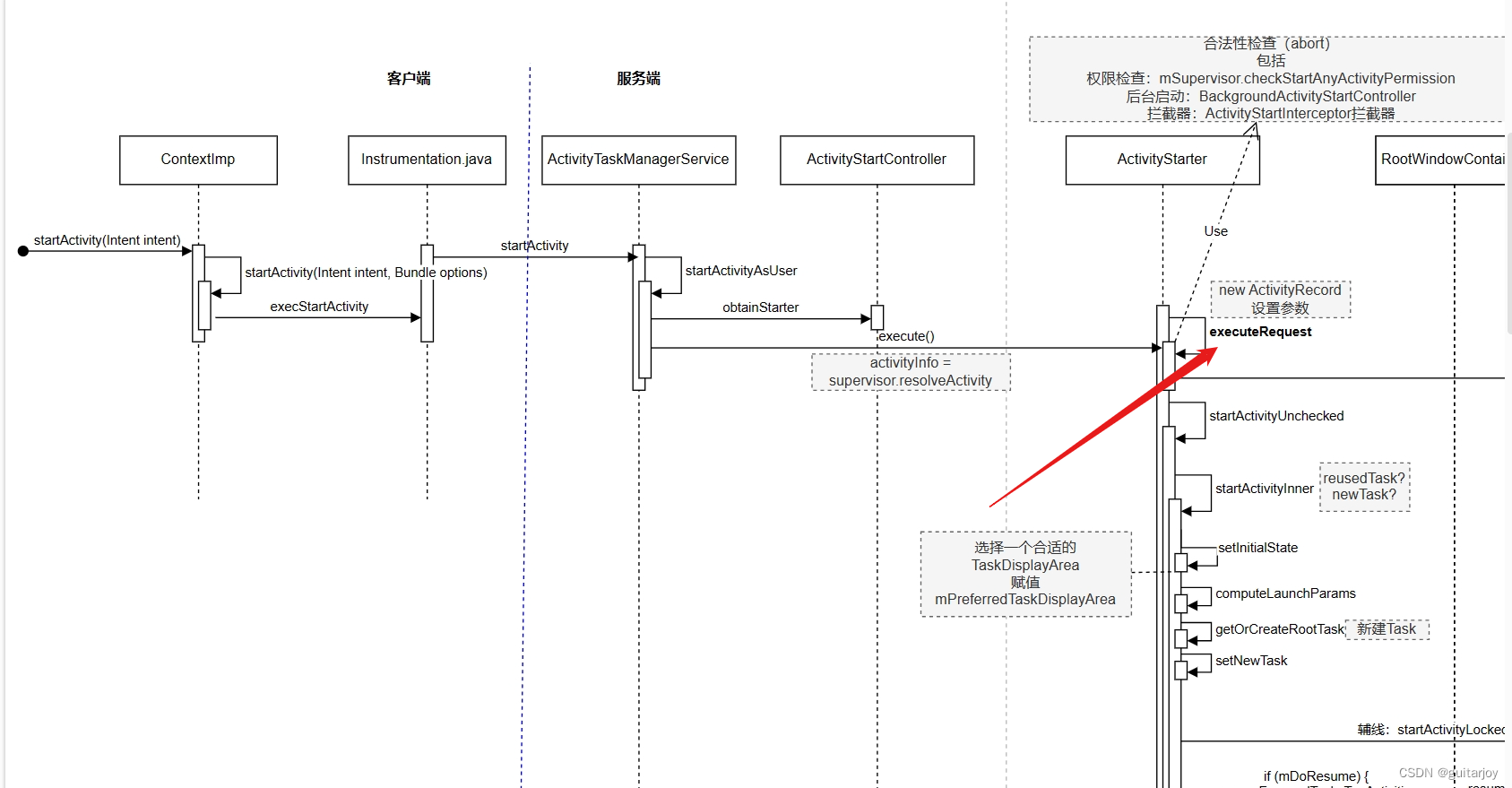
后续请见下篇。

